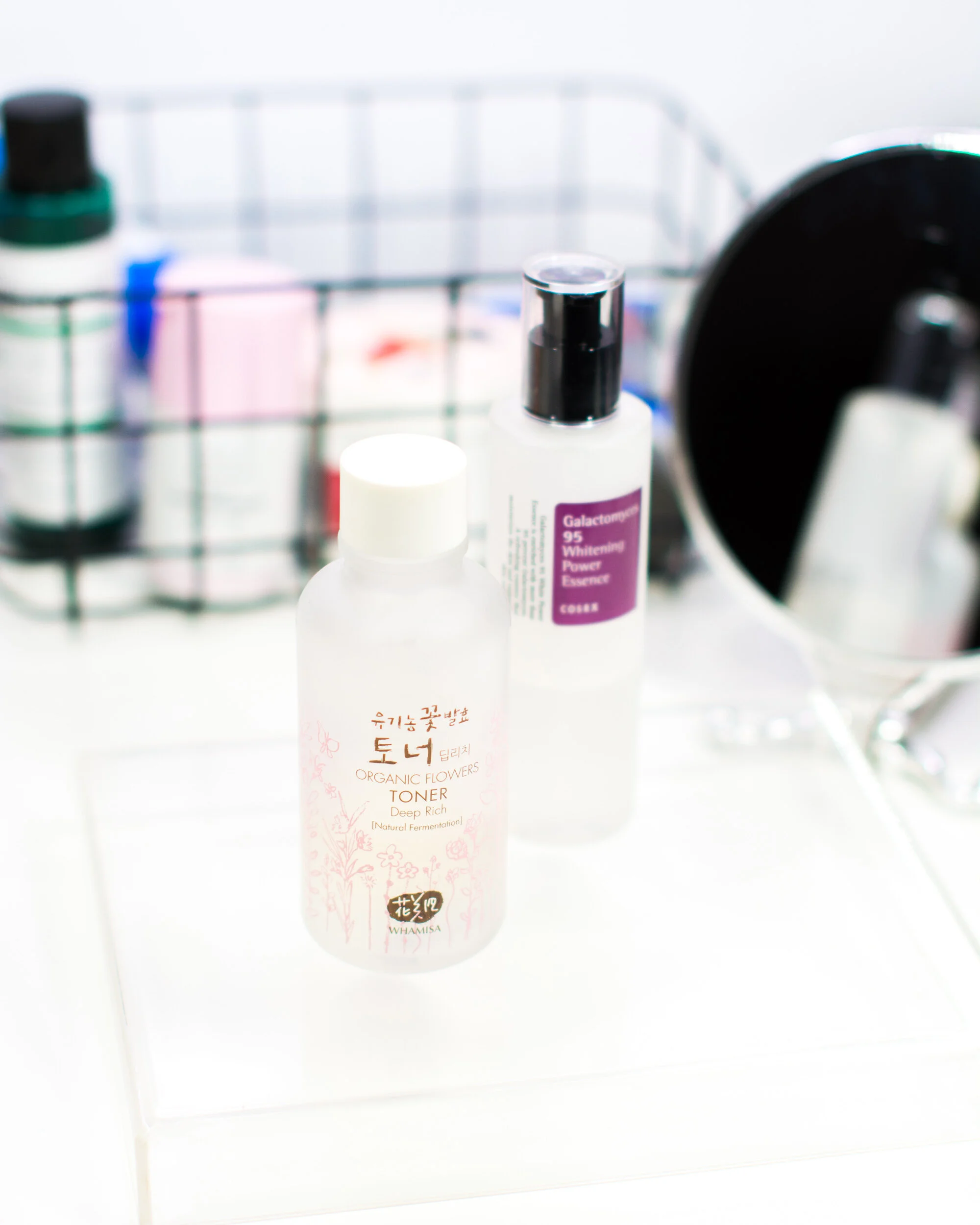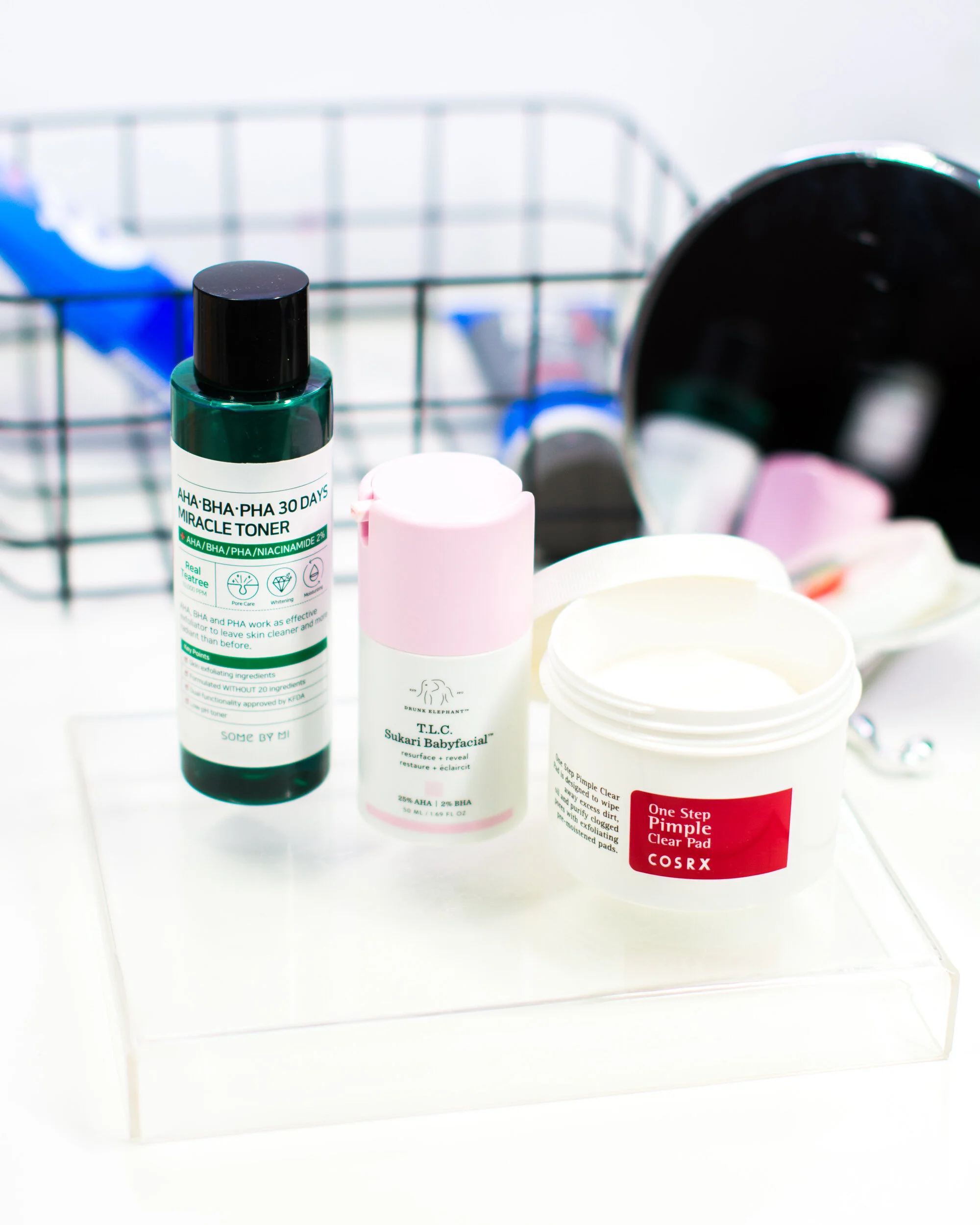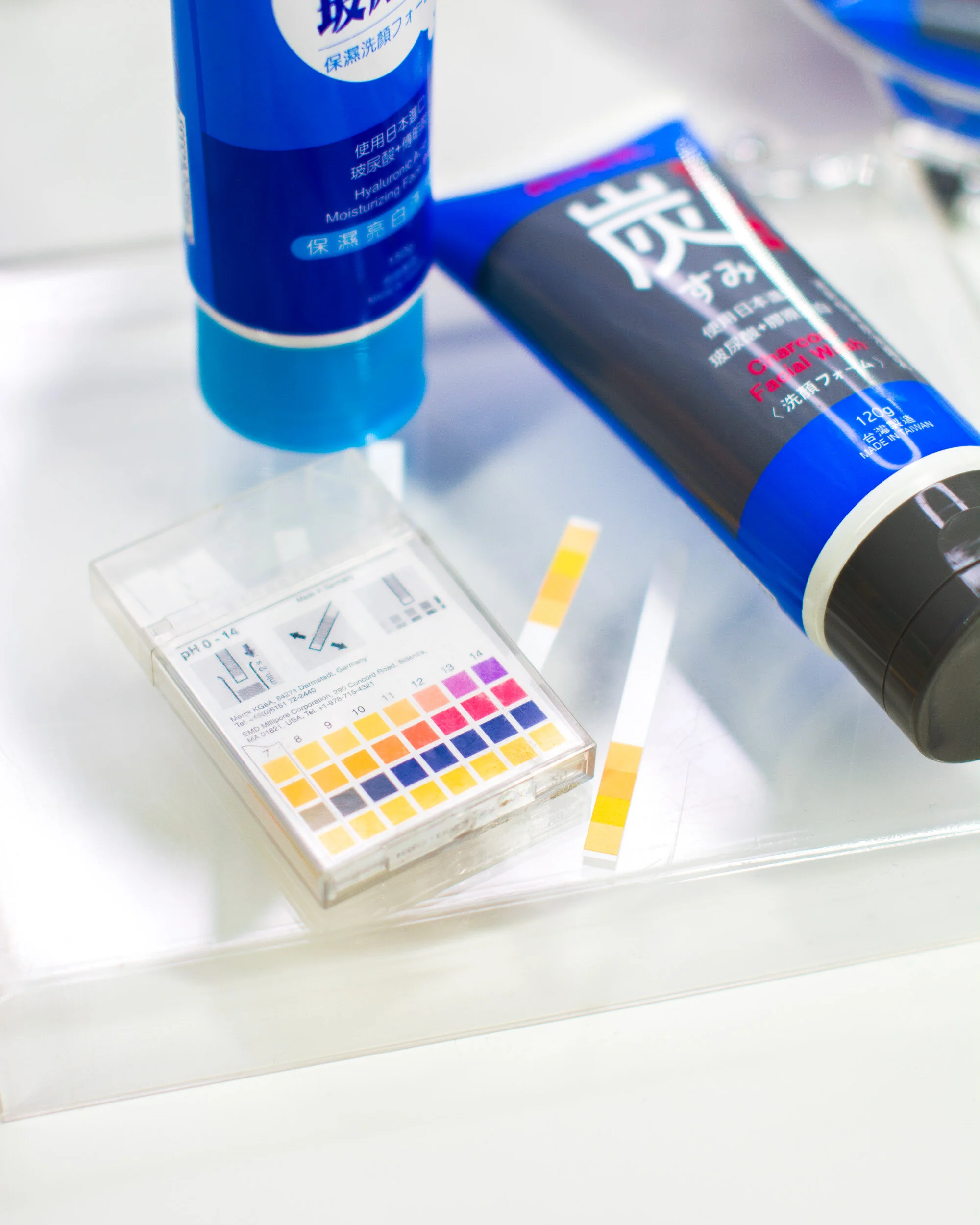Breakouts vs purging: How to tell the difference
Before buying skincare, you probably read hundreds of reviews before hitting the checkout button. Of course it's important to know if the product you're eyeing causes people to breakout, but you may also see some reviews that talk about “an initial purge”. Because purging is also characterized by the appearance of acne, it can be confusing to tell the difference between the two. Should you keep using the product and allow the purging phase to finish, or should you throw it out stat?
Ferments usually contain yeast, which can trigger a reaction in some people
How do we get pimples?
First off, it's important to understand how and why acne forms. Generally, pimples are caused by a clogged, irritated, or infected sebaceous gland or oil gland. We often think of them as something that happens on the face but they can also occur in other areas of the body.
A pimple can range from a blackhead (open comedone), a whitehead (closed comedone), a papule (raised and pink), a pustule (contains pus), or even cystic acne (deep and painful). However, if it happens in clusters and feels itchy, it may be fungal acne, which isn't actually a pimple but a fungal infection. In that case, it's best to see a dermatologist for proper treatment, and avoid using products with fermented ingredients.
Acids are not bad but they must be used carefully
What is purging?
Purging occurs when your skin’s cellular turnover becomes much faster than usual. This is usually caused by using skincare products that contain actives such as AHAs and BHAs, or retinoids. The quickened cell turnover gets rid of the dead and dull topmost layer, revealing the younger, healthier skin underneath. It also means that the comedones in your skin turn into pimples faster, resulting in what we know as a purge. This also causes faster healing! So purging is your skin undergoing a deep cleansing process before it gets better.
Retinoids are often recommended as a pimple treatment but it may make your skin look worse first before improving
Remember, the comedones were already in your skin and simply "triggered" by the actives so purging usually occurs where it's normal for you to get pimples. For example, if I usually breakout on my forehead, I can expect purging to show up on my forehead area as well.
A way to prevent purging is to slowly introduce actives to your skin. Start with application every other week, and then gradually increase frequency. It can be tempting to use actives every day because they offer quick results, but it's important to remember that skincare isn't supposed to be an instant fix.
If you still keep getting breakouts after more than a month, or if you have pimples in a new area, it might not be a purge after all and your skin simply doesn’t match with your product.
High pH cleansers can destroy the skin's natural protection, making it easy to get a bad reaction
What about breakouts?
If you're using a new product that contains no actives, or if you suddenly get a pimple in a new area, then it is highly likely that you are breaking out from the product. Something in the ingredients or in the formulation is causing your skin to have a negative reaction or irritation. Check the ingredients list and try to determine which one you're sensitive to. If you're not sure, it helps to keep a skincare diary and list everything you've tried and reacted to. From this list you can try to identify the most commonly used ingredients.
So, to recap:
If you’re using a product with actives and get pimples, continue use but introduce slowly.
if you’re using a product without actives and start getting pimples in odd spots, that's probably a breakout and it's best to stop use.
Have you experienced purging before? What products have caused you to purge? How long did it take for your skin to clear?





